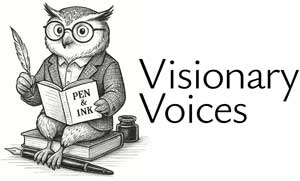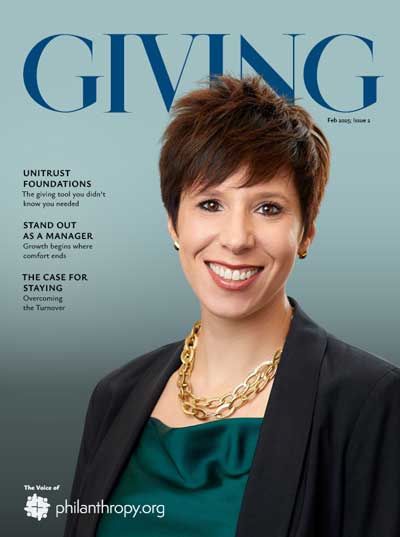The planned giving community has lost two of its giants—Roger Schoenhals and Lindsay Lapole. Their contributions helped shape the field into what it is today, and their legacy will continue to influence the next generation of philanthropic professionals.
Roger Schoenhals
A Visionary in Planned Giving
Roger Schoenhals was a trailblazer in the field, recognizing that beyond the technical aspects of planned giving, there was a need for practical insights into how the work was actually done. In 1990, he founded Planned Giving Today, which quickly became a go-to resource for professionals in the field across the U.S. and Canada. His publication blended expertise with real-world application, and his well-loved column, On My Way, provided not just technical guidance but also personal reflections that resonated deeply with readers. Roger’s work extended beyond publishing—he was a prolific author, sought-after speaker, and a generous supporter of the planned giving profession. His endowment to the National Association of Charitable Gift Planners (CGP) continues to fund professional education, ensuring that future generations have access to the knowledge and resources he championed.
(Side note: Our own publication, Giving Today and Tomorrow, was initially influenced by the model Roger set with Planned Giving Today. His vision for a publication that provided both practical tools and inspiration laid the groundwork for many of us who followed.)
Lindsay Lapole
A Leader in Charitable Gift Annuities
Lindsay Lapole’s impact on planned giving was equally profound. As chair of the American Council on Gift Annuities (ACGA), he led important governance and financial reforms, ensuring the organization’s long-term stability. His leadership modernized the field, strengthening its educational initiatives and inspiring a new generation of board leaders. In addition to his national work, Lindsay was a key figure in the Salvation Army’s planned giving program, significantly growing its success. He also helped establish the Terry L. Simmons Philanthropic Endowment Fund, which provides scholarships to new gift planners so they can attend the ACGA’s biennial conference—an investment in the future of the profession.
Their Legacy Lives On
The passing of Roger and Lindsay is a profound loss for the planned giving community. Their dedication to education, innovation, and mentorship transformed the field, and their contributions will continue to be felt for decades. As we move forward with Giving Today and Tomorrow—now under the umbrella of Philanthropy.org—we recognize that our work builds upon the foundation they laid.
Planned giving is evolving, but the values Roger and Lindsay championed remain central: education, generosity, and strategic stewardship. Their passing is a reminder that this field is not just about transactions or tax advantages—it’s about legacy, impact, and ensuring the future of causes that matter.
One of the greatest ways we can honor their contributions is by continuing to educate and empower the next generation of planned giving professionals. Supporting initiatives like the Terry L. Simmons Philanthropic Endowment Fund and engaging in mentorship opportunities ensures that their legacy endures.
Roger and Lindsay walked the talk. Now, it’s up to us to continue the journey.
P.S. And let me take a moment to acknowledge that in the last few years, we also lost Deb Ashton and Robert Sharpe—both dear to my heart. Their impact on planned giving was profound, and their contributions will not be forgotten.







Roger, Deb & Robert all left lasting legacies through their work and through generously teaching and building a planned giving community to carry on the work.
Lindsay was a more direct predecessor to many close colleagues of mine in The Salvation Army. A number of my colleagues have told me how much Lindsay’s encouragement and expertise has meant to them.